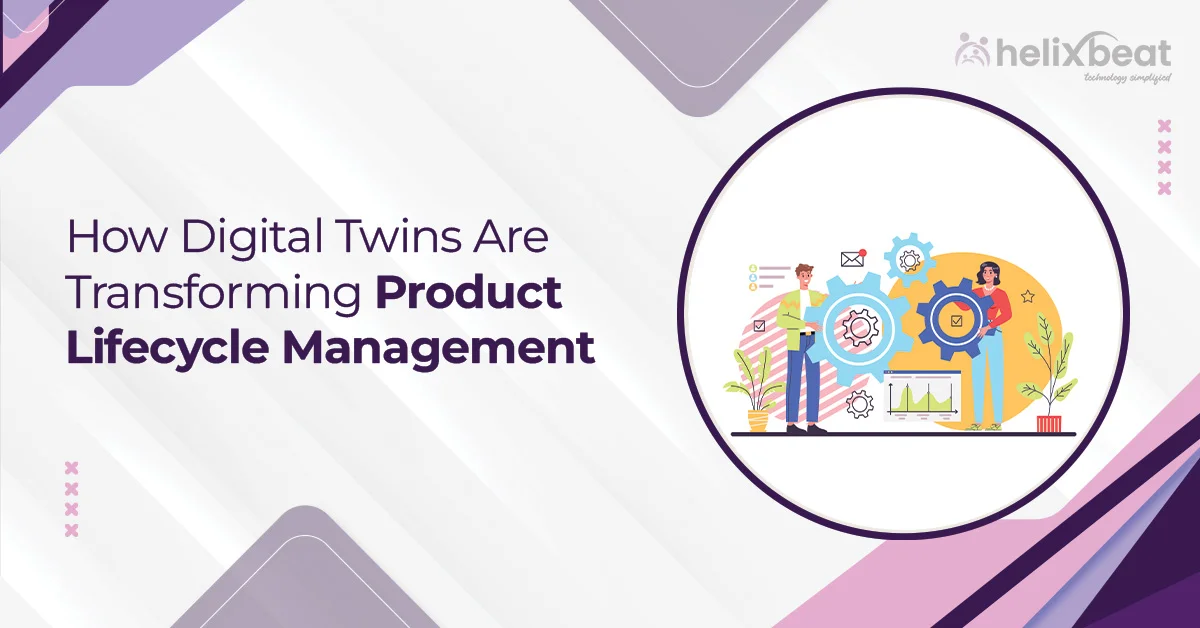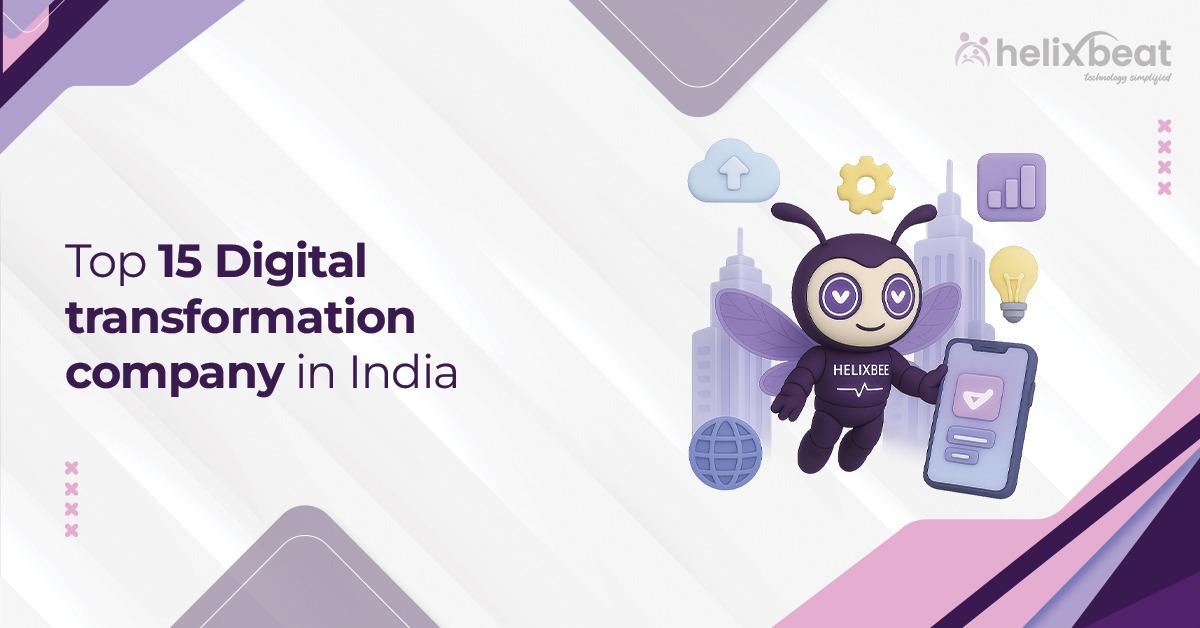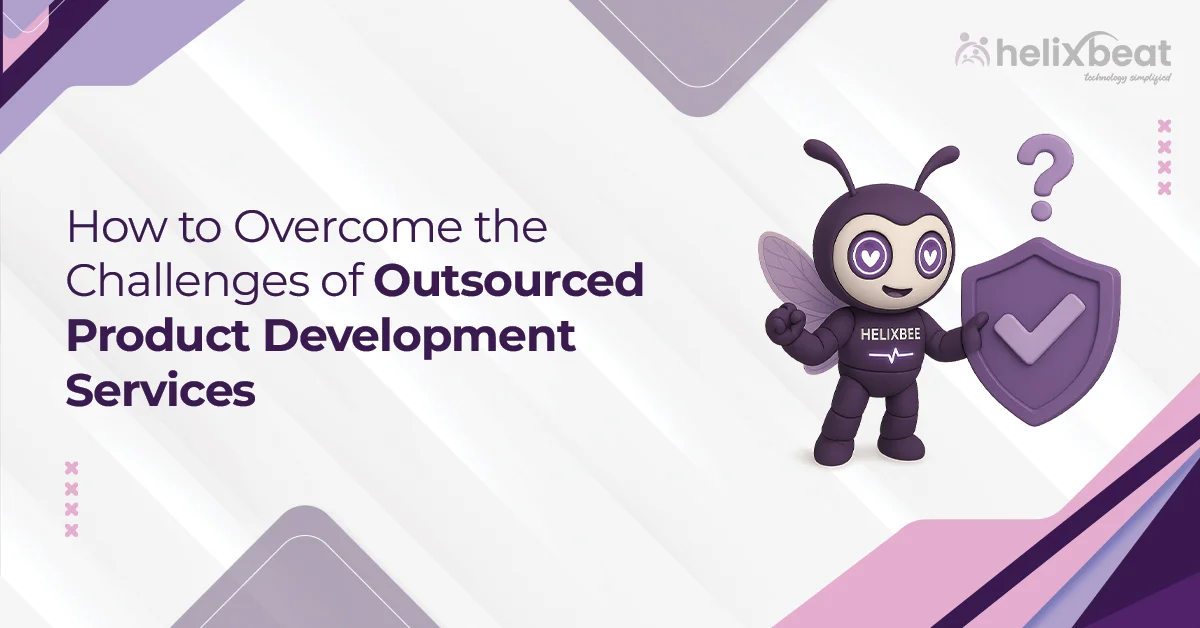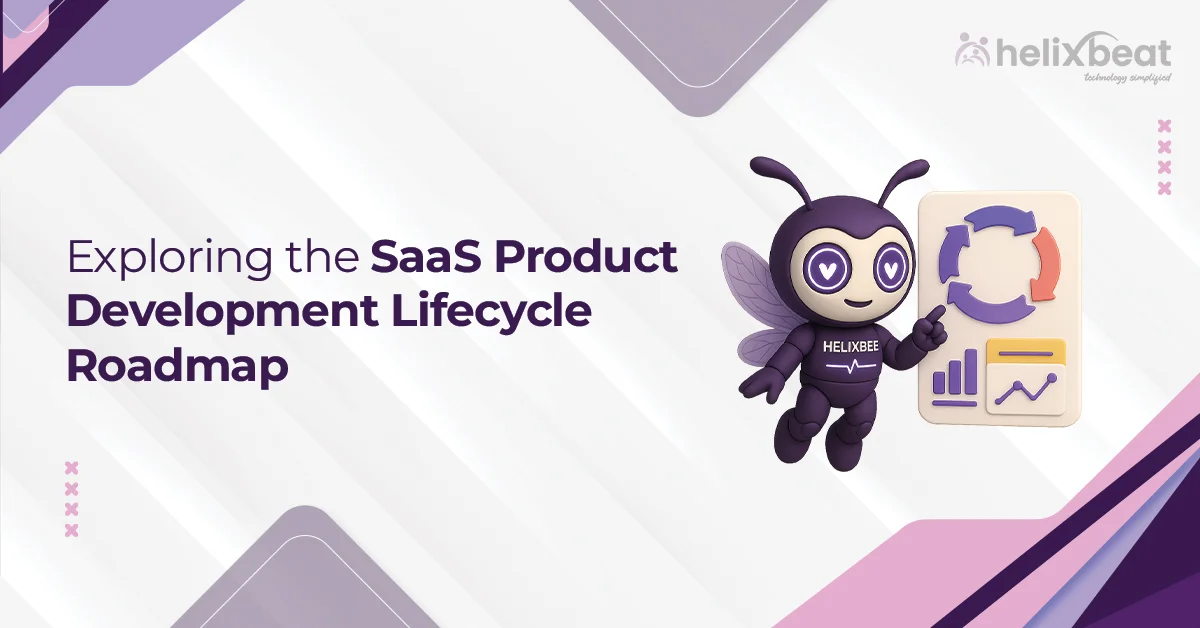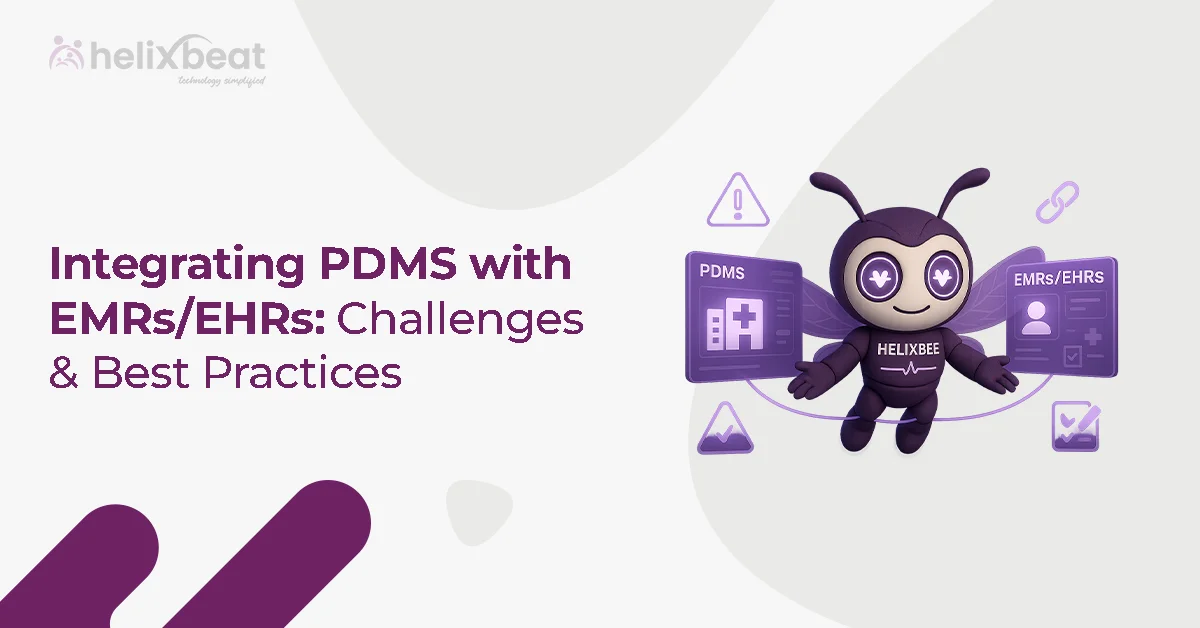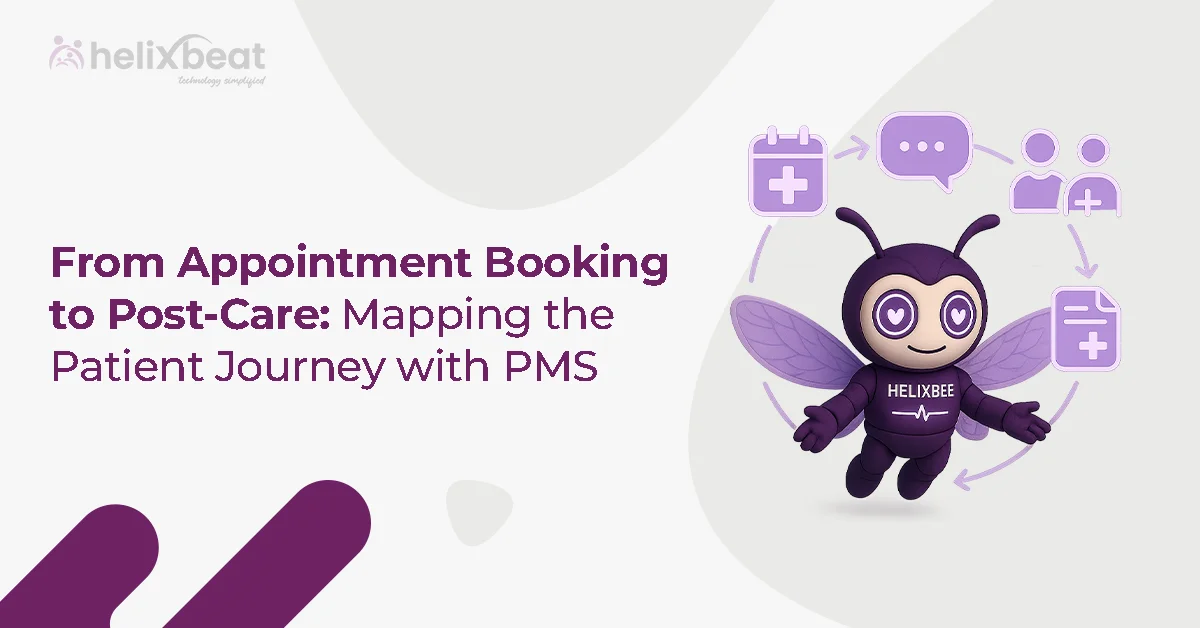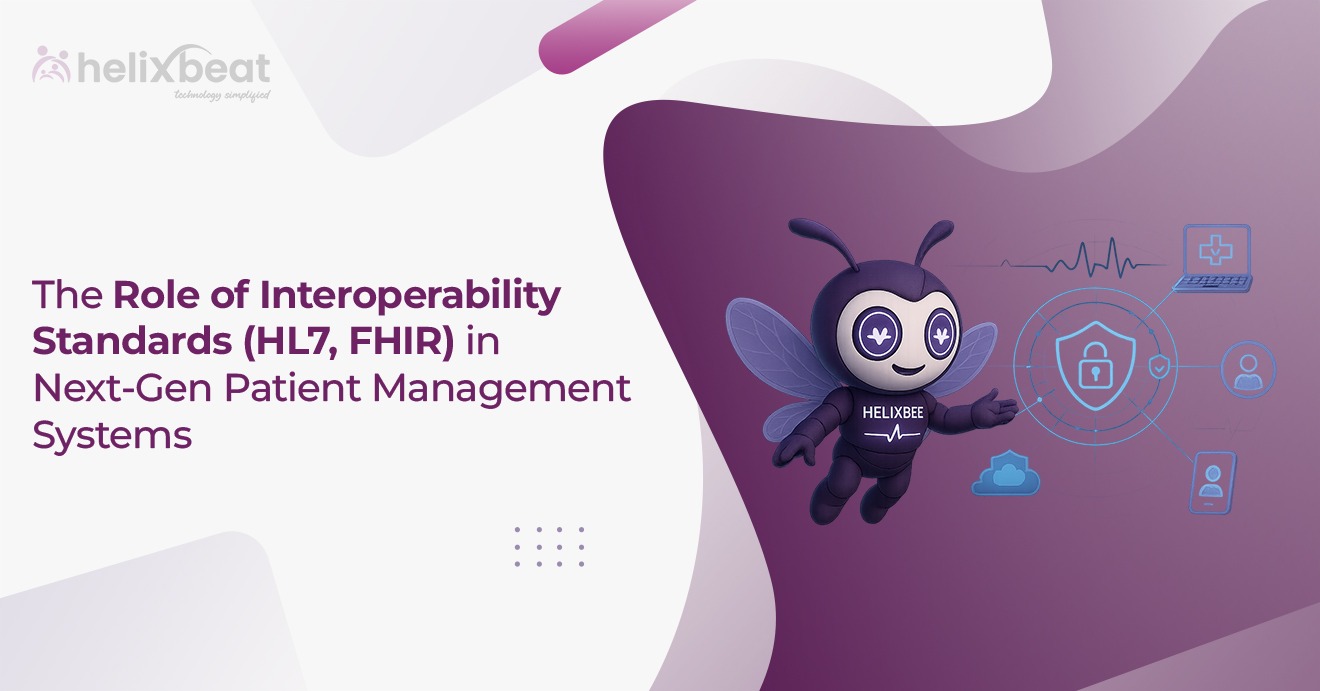By 2025, there will be over 50 billion connected IoT healthcare devices, yet 60% of healthcare organizations still struggle to share data between devices and Electronic Health Records (EHRs). Wearable trackers, smart monitors, and remote patient sensors collect real-time health data, but much of it remains disconnected and underutilized.
Imagine a patient with high blood pressure using a smart cuff at home. It records their readings daily, but if the data doesn’t sync with their doctor’s system, early warning signs of a health issue could go unnoticed. This gap in data flow leads to delayed treatments and missed opportunities for better care.
This is where FHIR (Fast Healthcare Interoperability Resources) comes in. FHIR acts as a common language that connects IoT devices with EHRs, making data exchange smooth, secure, and standardized.
In this blog, we’ll describe how FUSION transforms healthcare by enabling real-time, actionable insights from IoT-generated data.

Table of Contents
The Growing Role of IoT and EHR integration in hospitals
To make diagnoses, treat patients, conduct research, or invent new medicines, doctors need to collect and analyze a lot of information. In 2020 alone, the industry generated up to 2,314 exabytes of new data, which is 15 times more than in 2013. Physicians need to choose valuable medical information out of the flow of unstructured data. IoT devices and sensors help to solve this problem.
An electronic medical record (EMR) is more than a digital version of a paper medical record. Such software stores important patient data (medical history, chronic diseases, immunization dates, allergies, doctor’s records, etc.). Doctors make fewer mistakes in electronic documents than in handwritten records, and some manual tasks are automated. If you connect an EMR with IoT devices and sensors, you’ll obtain a great tool for remote patient monitoring.
Hospital management software plays an important role in a healthcare facility. It includes tools for monitoring medical, administrative, financial, and legal issues. The program helps to plan the working schedule of the staff, control compliance with regulatory requirements, and manage inventory and medical equipment. IoT sensors may become the “eyes and ears” of the hospital administration as they help to monitor the hospital workflow.
How IoT Enhances Healthcare
IoT devices such as smart monitors, wearable trackers, and remote sensors collect vital patient data. This includes heart rate, blood pressure, oxygen saturation, and glucose levels. When integrated with EHRs, these devices help doctors monitor patients remotely, reducing hospital visits and enabling proactive care. Without proper integration, however, this valuable data remains siloed, making it difficult for healthcare providers to use it effectively.
Benefits of IoT in EHR Integration
- Remote Patient Monitoring
IoT devices enable real-time health tracking, allowing doctors to make informed decisions without requiring patients to be physically present. A connected EHR system automatically updates patient records with IoT data, ensuring physicians have access to the latest health metrics. This integration reduces hospital readmissions and improves patient outcomes.
- Medication Adherence and Tracking
Many patients forget to take their medications on time, leading to ineffective treatment. IoT-enabled smart pill dispensers and reminder apps integrated with EHRs help patients adhere to their prescriptions. Hospitals can also use IoT sensors to track medication inventories, preventing shortages and reducing waste.
- Hospital Equipment and Asset Management
Hospitals often struggle with tracking critical equipment such as wheelchairs, ventilators, and defibrillators. IoT-enabled asset tracking systems use RFID tags and real-time location tracking to help hospital staff locate necessary equipment instantly. This improves operational efficiency and ensures better patient care.
- Improved Workflow and Hospital Administration
IoT sensors provide valuable data on hospital workflows, bed occupancy rates, and patient movement. Integrated with EHRs, this data allows administrators to optimize resource allocation, reduce wait times, and streamline hospital operations.
Challenges in IoT and EHR Integration That Necessitate FHIR
1. Lack of Standardized Data Formats
IoT devices come from different manufacturers and generate data in multiple formats. EHR systems, on the other hand, rely on structured data for clinical decision-making. When these two don’t align, integrating patient-generated health data into EHRs becomes a challenge, leading to inconsistent records and incomplete patient histories.
2. Incompatibility Between Different Systems
Hospitals and clinics use a mix of EHR systems, each with its own architecture and proprietary data models. This diversity makes it difficult for IoT devices to send and receive data without requiring custom integrations for each system, increasing complexity and costs.
3. Real-Time Data Sharing Limitations
IoT devices continuously generate real-time patient data such as blood pressure, oxygen levels, and glucose readings. However, many legacy EHR systems are built for periodic data updates rather than continuous streaming. This gap creates delays in relaying critical information to healthcare providers, limiting their ability to make timely medical decisions.
4. Security and Compliance Issues
Healthcare data must comply with strict regulations like HIPAA, GDPR, and HL7 standards. IoT devices, however, often operate with minimal encryption and authentication protocols, making them potential entry points for cyber threats. Weak security measures can lead to unauthorized data access, patient privacy violations, and potential legal consequences for healthcare providers.
5. High Volume and Complexity of IoT Data
IoT devices generate massive amounts of unstructured and high-frequency data. Storing, processing, and analyzing this data in EHRs is difficult without a structured and scalable approach. Without proper integration, valuable patient insights may get lost in the overwhelming volume of raw data.
6. Lack of Consistent APIs for Integration
IoT device manufacturers develop their own proprietary APIs, making integration with EHRs highly inconsistent. Some APIs may support direct data exchange, while others require manual interventions or middleware solutions. This inconsistency complicates interoperability efforts and increases development costs.
How FUSION Enables IoT-to-EHR Data Flow
1. IoT Data Collection and FHIR Transformation
IoT devices continuously monitor patient health metrics and generate raw data. This data must be structured before being integrated into an EHR. Fusion provides the necessary data models, such as:
- FHIR Observation Resource: Represents vitals like heart rate, blood pressure, glucose levels
- FHIR Device Resource: Identifies the IoT device generating the data
- FHIR Patient Resource: Links IoT data to the correct patient record
For example, a wearable ECG monitor detecting an irregular heartbeat sends raw ECG signals to a FHIR-enabled platform like Fusion. Fusion converts this into an FHIR Observation resource and updates the EHR, ensuring real-time physician access.
2. Secure Data Transmission Using FHIR APIs
Fusion APIs facilitate secure and standardized transmission of data from IoT devices to EHRs. The process includes:
- IoT devices send data via RESTful FHIR APIs
- FHIR validation ensures data integrity and structure
- Data is stored in a cloud-based or on-premises FHIR server
- EHRs retrieve and process the FHIR resources for clinical use
For instance, a Bluetooth-enabled pulse oximeter transmits SpO2 readings via a FHIR API to Fusion. Fusion then validates the data and updates the patient’s EHR with real-time oxygen levels.
3. Real-Time Processing and AI-Driven Insights
FHIR like fusion enables real-time health monitoring and AI-driven analytics in Fusion. Key features include:
- Continuous streaming of IoT data to EHRs
- AI-powered anomaly detection
- Automated clinical alerts and notifications
Example: If a heart failure patient’s IoT device detects an abnormal heart rate, Fusion’s AI flags the data as a risk and sends a FHIR Alert resource to the physician’s EHR dashboard.
4. Storing IoT Data in EHRs Using FHIR
FHIR- like fusion structures IoT-generated health data into meaningful records that can be stored within EHRs. This involves:
- Mapping IoT readings to FHIR Observation resources
- Tracking device metadata using FHIR Device resources
- Ensuring data provenance and audit trails with FHIR Provenance resources
Example: A remote patient monitoring system records blood glucose reading every hour. Fusion structures this data into FHIR Observations, allowing doctors to analyze trends directly within the EHR.
5. Bi-Directional Communication: Sending EHR Data Back to IoT Devices
FHIR like fusion enables bi-directional data exchange, meaning EHRs can send data back to IoT devices for real-time patient management. Use cases include:
- Personalized treatment adjustments: EHR data triggers IoT device settings
- Medication adherence alerts: EHR schedules reminders via smart devices
- Clinical decision support: AI-driven insights from EHRs are sent to wearables
Example: A smart insulin pump receives FHIR-based dosage recommendations from the EHR, ensuring real-time adjustments based on patient glucose trends.
Case Study: Enhancing Remote Patient Monitoring with FUSION FHIR
Before FUSION FHIR Implementation
Sunrise Medical Center struggled with integrating real-time data from IoT health devices into their Electronic Health Records (EHRs). Patients with chronic conditions, such as diabetes and heart disease, used smart wearables like glucose monitors and ECG sensors. However, these devices transmitted data in proprietary formats, making it difficult to integrate with the hospital’s EHR, which relied on HL7 v2 messaging.
Nurses manually recorded patient readings, leading to delays, transcription errors, and missed critical alerts. Additionally, different device manufacturers had incompatible data formats, preventing a unified patient health overview. The lack of real-time data flow also meant that doctors could not intervene proactively when a patient’s vitals indicated potential health risks.
After FUSION FHIR Implementation
With FUSION FHIR, Sunrise Medical Center seamlessly integrated IoT device data with its EHR. The platform converted diverse device outputs into standardized FHIR resources like “Observation” and “Device.” IoT devices now sent real-time readings directly to the EHR through FHIR APIs, eliminating manual entry errors.
For example, when a diabetic patient’s glucose monitor detected dangerous spikes, the EHR received instant alerts, prompting automated notifications to the doctor. This real-time access to structured patient data enabled faster clinical decisions, reduced hospital readmissions, and improved patient outcomes.
FUSION FHIR transformed Sunrise Medical Center’s digital healthcare ecosystem, ensuring secure, standardized, and efficient IoT-EHR data flow.
Final words
The future of healthcare depends on seamless data integration, and FUSION FHIR is the key to unlocking real-time, actionable insights. By bridging the gap between IoT devices and EHRs, it eliminates data silos, reduces errors, and enables proactive patient care. Healthcare providers can now make faster, data-driven decisions while enhancing operational efficiency.
Don’t let disconnected data slow down your healthcare system. Leverage FUSION FHIR today to create a truly connected and intelligent healthcare ecosystem.
Start your journey with FUSION FHIR now!
FAQs
1. How do EHR systems integrate with other healthcare software solutions?
FUSION simplifies EHR integration by leveraging FHIR APIs to enable seamless communication between EHR systems and various healthcare applications. Whether it’s telehealth platforms, billing systems, or clinical decision support tools, FUSION standardizes data exchange, ensuring interoperability without the need for complex custom integrations.
2. How can patient intake software be integrated with electronic health records (EHR) and other healthcare systems for seamless information exchange?
With FUSION, patient intake software can automatically sync patient demographics, medical history, and insurance details into EHRs using FHIR-based structured data. This eliminates manual entry errors, speeds up patient onboarding, and ensures all departments have real-time access to accurate patient information.
3. How is the Internet of Things (IoT) transforming healthcare technology and patient care?
IoT devices—such as wearables, smart monitors, and connected sensors—are revolutionizing healthcare by enabling real-time patient monitoring, medication tracking, and predictive analytics. FUSION ensures that IoT-generated data is securely and efficiently integrated into EHRs, providing clinicians with timely insights for better decision-making.
4. How can IoT data be integrated with existing healthcare IT systems, such as Electronic Health Records (EHR)?
FUSION acts as a bridge between IoT devices and EHR systems by transforming raw sensor data into standardized FHIR resources. Its API-driven architecture enables real-time data flow, allowing healthcare providers to monitor vitals, receive alerts, and analyze patient trends directly within their EHR system.
5. How can FHIR (Fast Healthcare Interoperability Resources) benefit my healthcare organization in terms of data interoperability and patient care?
FHIR, powered by FUSION, ensures standardized, secure, and scalable data exchange across healthcare systems. It enhances interoperability, reduces integration costs, and enables real-time data sharing between IoT devices, EHRs, and clinical applications. This results in improved patient outcomes, faster decision-making, and a more connected healthcare ecosystem.



